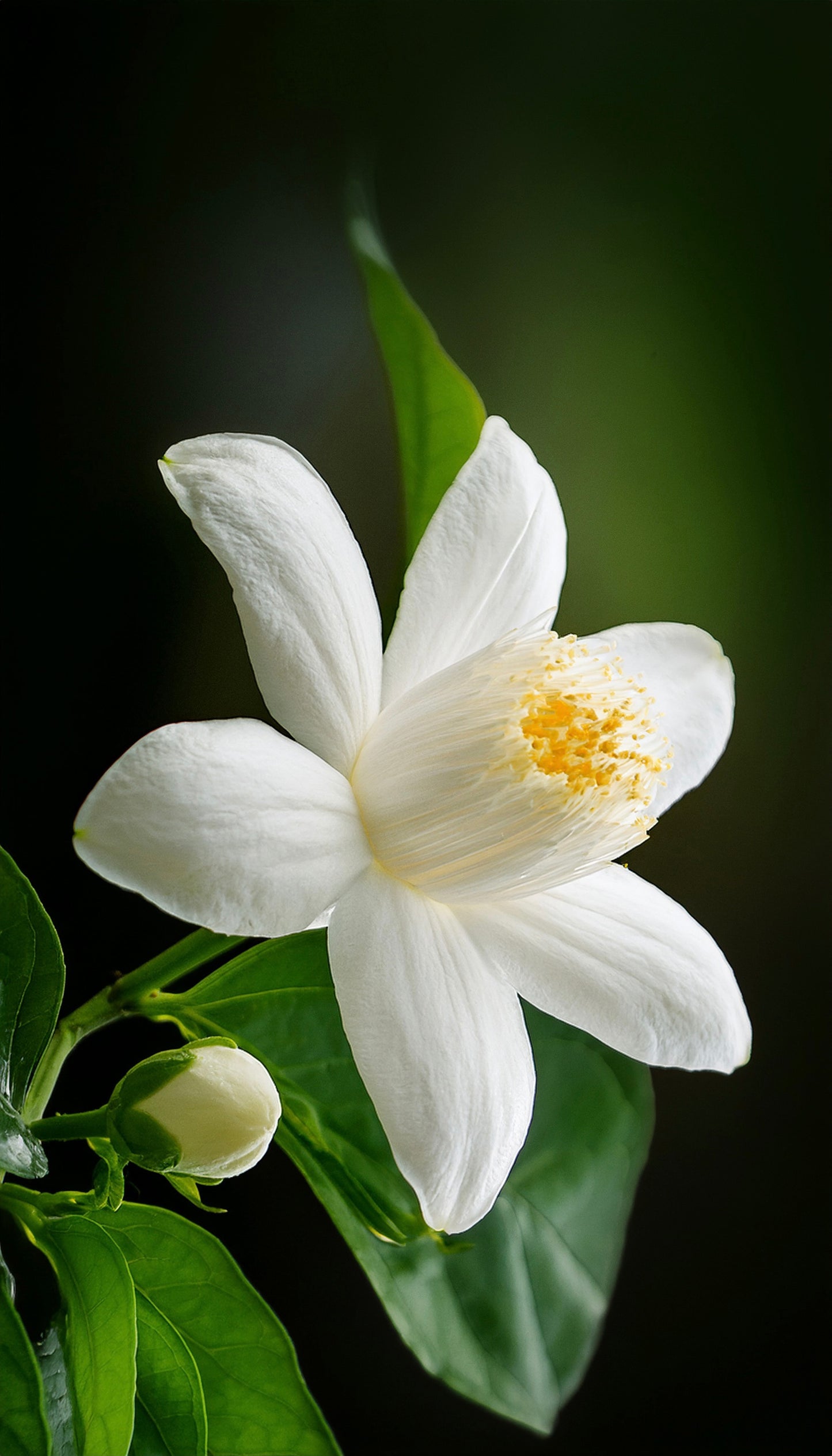1
/
of
2
Jasmine Arabian (Jasminum sambac)
Jasmine Arabian (Jasminum sambac)
Indulge your senses with the Jasmine Arabian (Jasminum sambac), a lush, tropical vining plant celebrated for its intensely fragrant white flowers and glossy green foliage. Often referred to as "Sambac Jasmine" or "Arabian Tea Jasmine," this plant is a cherished symbol of beauty and purity across cultures—and a staple in gardens, balconies, and sunny interiors alike.
Its romantic, star-shaped blooms appear repeatedly in warm seasons, especially when grown in a bright location. Perfect for a sunny windowsill, patio container, or as a flowering houseplant, Jasmine Arabian also makes a stunning living gift for fragrance lovers and flower enthusiasts.
Pot Size
Small - 4"/10cm
Medium - 8"/20cm
Regular price
Starting at $54.99
Regular price
Sale price
$54.99
Unit price
/
per
Couldn't load pickup availability
Sun Requirements ▾
Thrives in full sun to bright indirect light
Needs at least 4–6 hours of direct light to bloom consistently
Can grow indoors in a very sunny window or under a grow light
Outdoors, morning sun with light afternoon shade is ideal in hot climates
Watering Instructions ▾
Water when the top inch of soil feels dry
Prefers consistent moisture, especially while actively growing and blooming
Avoid waterlogging; root rot can occur in soggy soil
Slightly more drought-tolerant once established
Care Tips ▾
Prefers rich, well-draining soil—a mix of potting soil with compost or peat moss is ideal
Add perlite or sand to improve drainage
If grown in a pot, ensure it has drainage holes
Repot every 1–2 years to refresh soil and accommodate growth
Temperature & Humidity
Prefers 65–85°F (18–29°C)
Not frost-tolerant—bring indoors if temps dip below 50°F (10°C)
Loves moderate to high humidity; mist regularly or use a pebble tray indoors
Fertilizer
Feed every 2–3 weeks during spring and summer with a bloom-boosting fertilizer (high in phosphorus)
Cut back or stop feeding in fall and winter when growth slows
Over-fertilizing with nitrogen-heavy products may reduce blooms
Share







